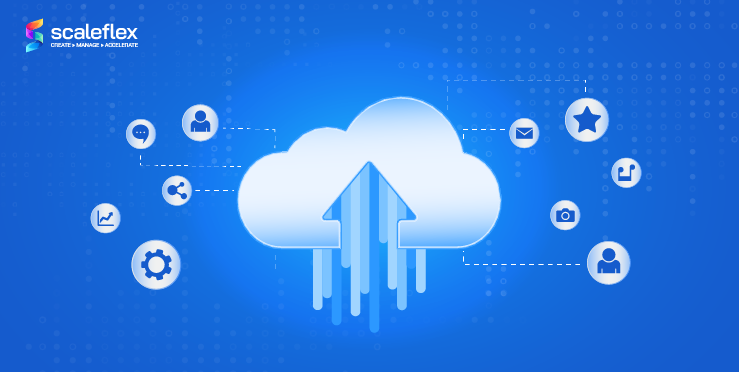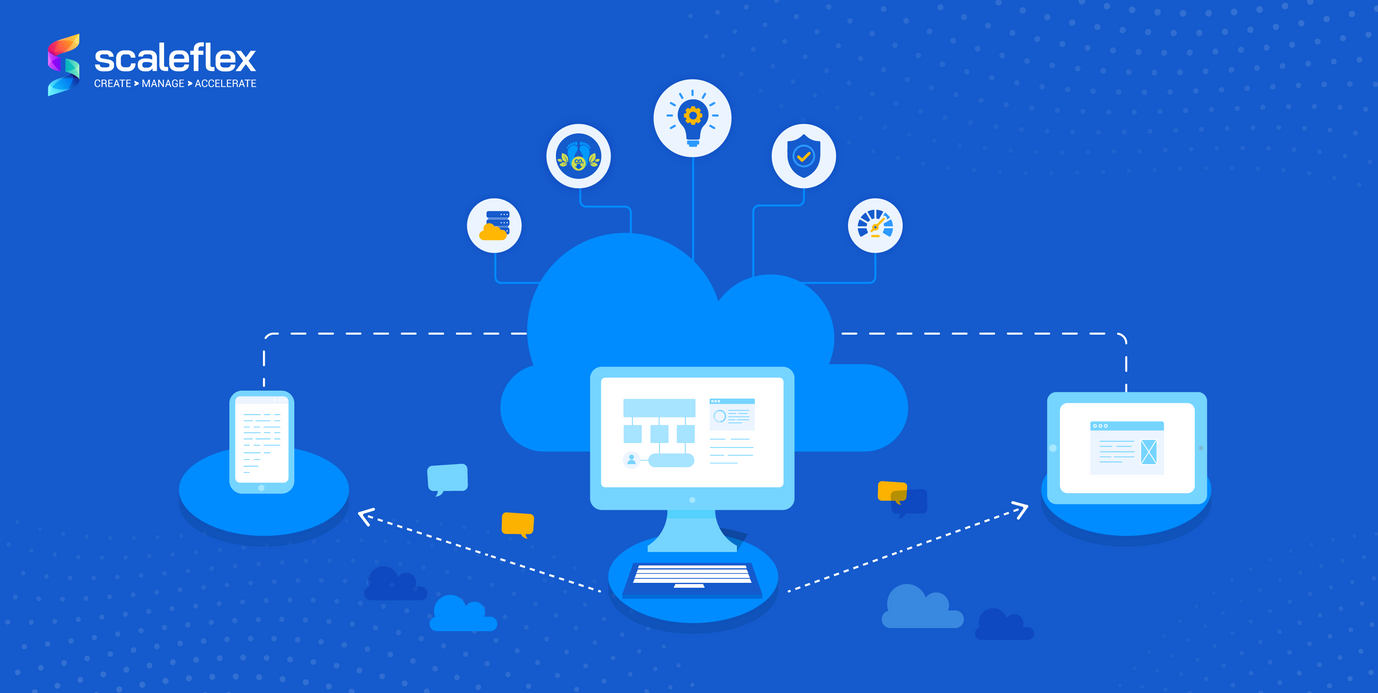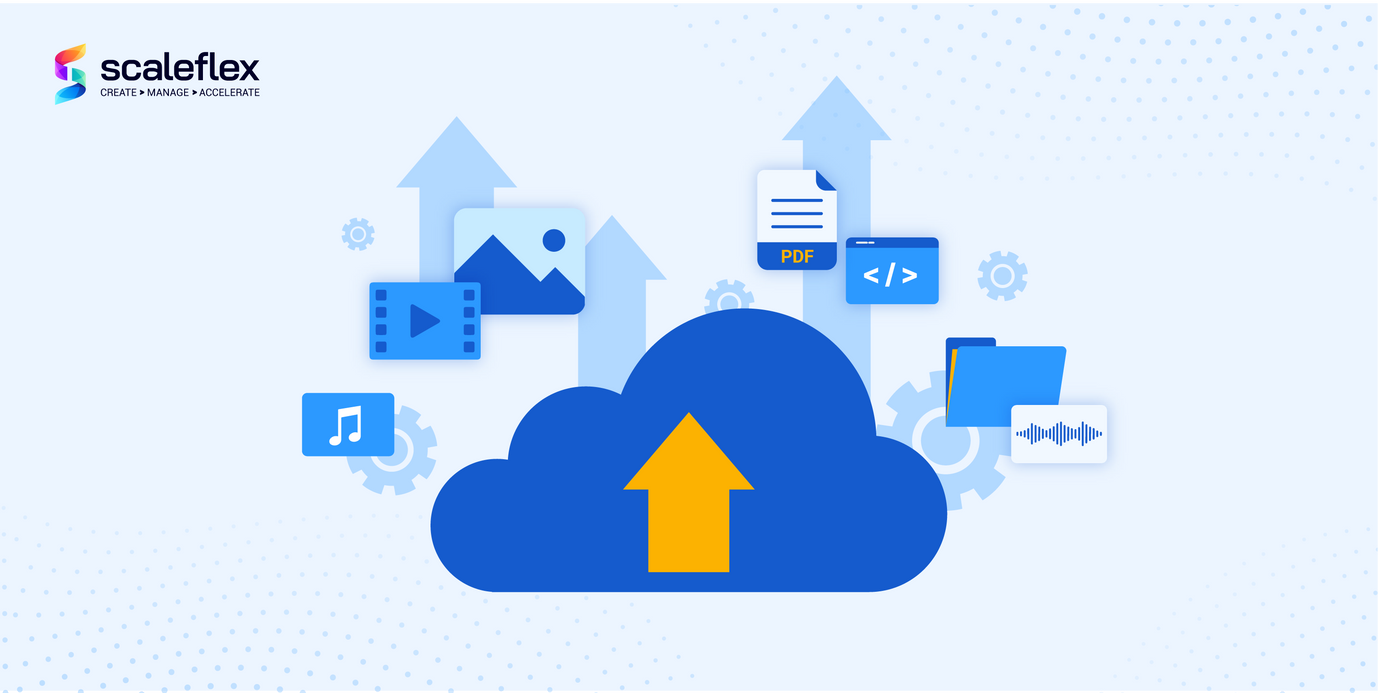Unlocking Workflow Efficiency: The Harmonious Alliance of Generative AI and Human Expertise
Amid the euphoria surrounding the launch of ChatGPT, Bard, Claude, DALL-E, Midjourney, and other content-creating tools, many CEOs and businesses are wondering: Is all of these generative AI models a tech-hype or a game-changing opportunity?
The quest for workflow efficiency and business productivity has become a significant priority for businesses across all industries in today's fast-paced digital environment. The concept that AI seeks to replace human involvement has been called into question by the rise of generative artificial intelligence (AI). Yet, we put forth the case that workflows can be better optimized at previously unheard-of levels in the successful collaboration between generative AI and human expertise.
What is Generative AI?
ChatGPT immediately comes to mind when we talk about generative AI. Yet only 14% of American adults have tried it, and its use is highly contested: should it be for work and education, or should it be used purely for entertainment?
The other 86% of American adults must still wonder: what is generative AI? Generative AI definition is that it is a type of artificial technology that falls under the bigger umbrella of machine learning and represents a cutting-edge paradigm in the field of artificial intelligence. Unlike typical AI systems that rely on predetermined rules and data, generative AI algorithms have the fantastic capability to produce new content, concepts, or knowledge based on patterns and examples it has learned from.
Fundamentally, generative AI models are a ground-breaking technology that enables machines to mimic human creativity, producing something entirely new, from writing and art to music and even entire computer code programs. The statistics have shown the AI market is booming and is expected to grow to $1394 billion by 2029.
How does Generative AI work?
At the core of generative AI is a neural network and deep learning algorithms, a computational architecture modeled after the human brain. With the use of large datasets (images, text, audio, videos), this network has been taught to spot complex correlations and patterns in the data.
These generative AI models, like the Generative Adversarial Network (GAN), can then create new material after being trained by extrapolating from its discovered patterns, resulting in coherent and pertinent outputs. Because of this process, generative AI is a flexible tool for problem-solving, data analysis, and original content creation.
Embracing synergy between generative AI and human creativity
How, then, can humans collaborate with such machine-learning technologies? By leveraging generative AI to handle repetitive and data-driven tasks, organizations free up valuable human resources to focus on high-level, strategic thinking. Such a partnership enables teams to maximize their collective potential, enhancing problem-solving, innovation, and creativity.
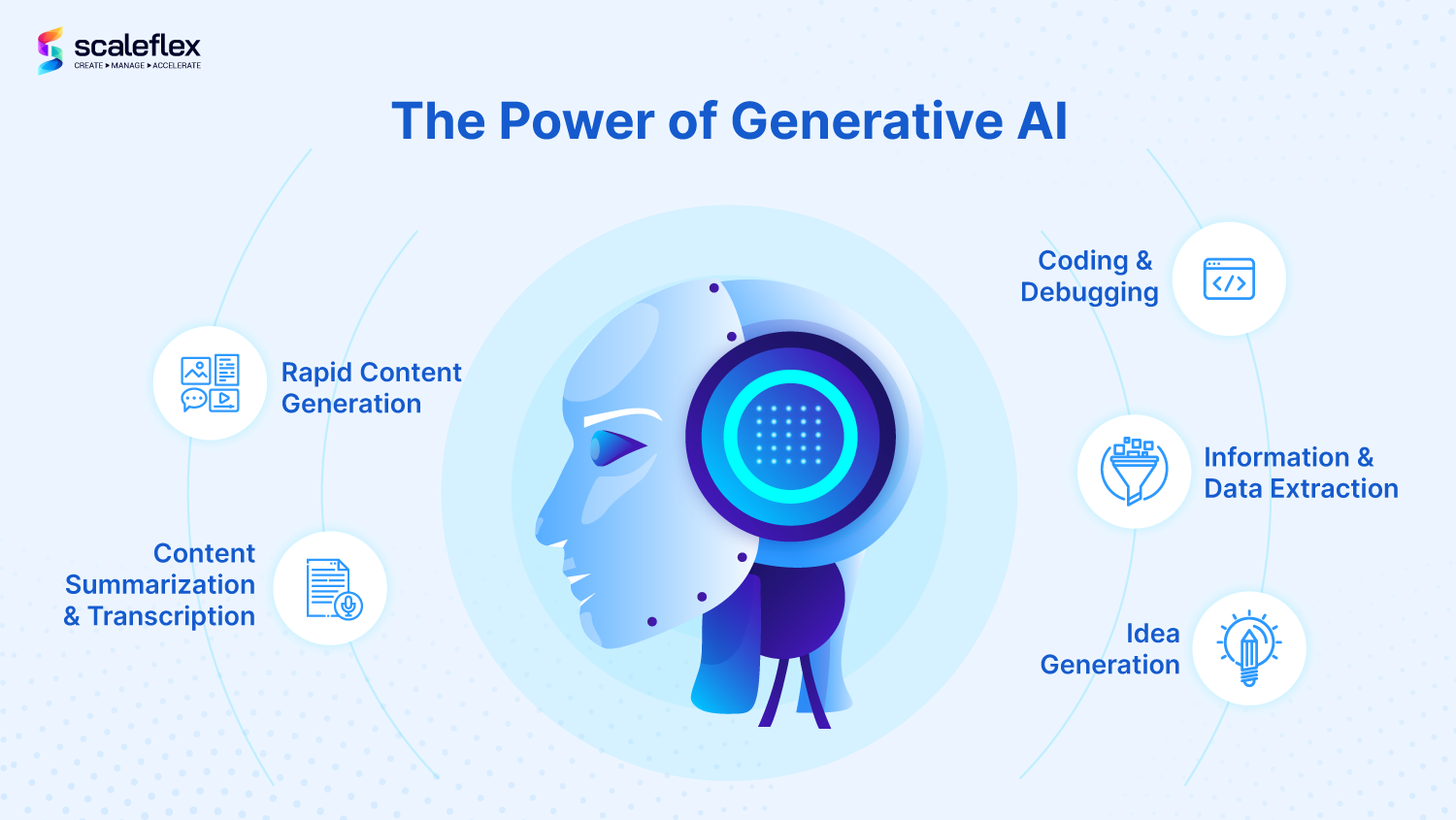
Rapid Content and Code Generation
As seen from generative AI examples like ChatGPT and generative AI images like Midjourney and DALL-E, it can help companies swifty produce content at scale, saving lots of time and resources.
For instance, marketing teams within the travel industry can use generative AI tools to create personalized hotel accommodation descriptions, blog posts, email content, social media captions, and enticing visuals of exotic destinations. All these are done while allowing humans to focus on refining the narrative and delivering a compelling brand voice.
Other teams could also use it to generate a first draft of that content before asking a content editor to proofread it. This helps save a lot of time and encourages more content creators in the company.
Content summarization and transcription
Generative AI excels more at just producing original content. These tools can also be used to condense long, complex materials (think webinar content, long lectures in higher educational institutions) into shorter, easier-to-understand snippets for internal and external audiences.
It can also help to transcribe content, converting audio content into words. This helps in repurposing content, where the webinar can be turned into an audiogram, a blog post, a social media post, or even used to enrich a whitepaper.
Another creative way of using generative AI’s capabilities could be: Instead of listening and watching an entire hour’s worth of content, you might be able to feed this data into AI solutions to transcribe and summarize the key elements of the webinar to decide if it is worth dedicating time to watch through the entire workshop.
Coding and Debugging
Generative AI is proving to be a transformative force even in the realm of coding and debugging (yes, we know the problems of it as well, but let’s focus on the possibilities!). By analyzing vast amounts of code and identifying patterns, generative AI models can automatically generate code snippets or suggest improvements, significantly accelerating the development process.
For budding developers, generative AI can help in writing complex algorithms, reducing the likelihood of errors and enhancing code efficiency. Moreover, generative AI can assist in debugging by pinpointing potential issues and suggesting corrective actions.
This fusion of human creativity and AI-driven precision expedites coding tasks and elevates the overall quality and reliability of software development.
Information and Data Extraction
Generative AI algorithms can process vast amounts of data and extract valuable insights. Imagine an e-commerce business requiring to organize and classify its user-generated images for storage and future retrieval. This time-consuming process to eyeball and sort them into folders can be replaced with AI-powered tools that can detect objects in an image and extract information, add relevant tags automatically and then sort them into dynamic folders based on set rules. Instead of having an employee go through thousands of such UGC images, this process can be quickly reduced to mere hours with an AI-powered Digital Asset Management.
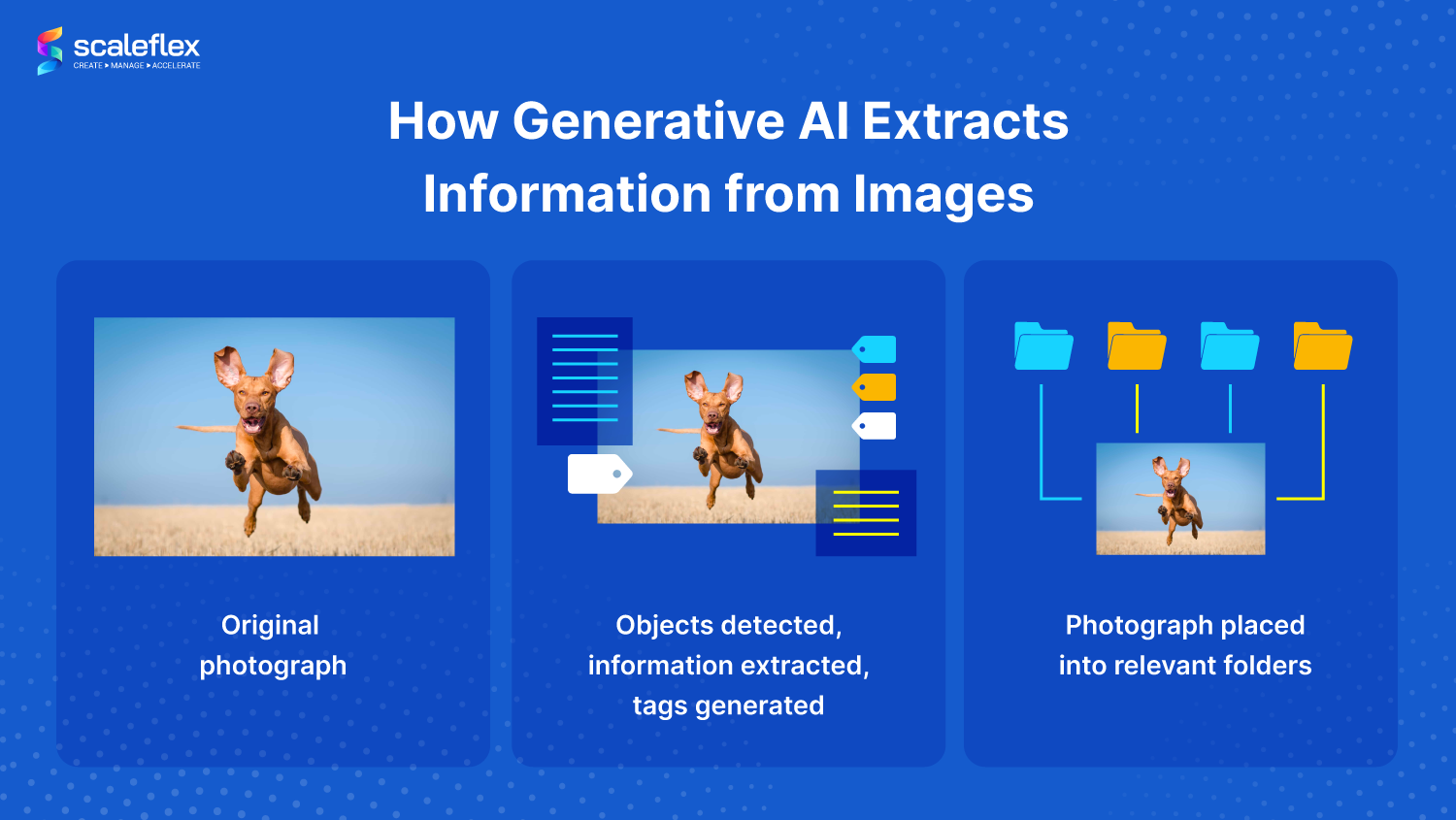
Idea Generation and Creative Collaboration
Ever had an instance where the entire team got stuck and ran out of ideas in a brainstorming session? Generative AI can catalyze collaboration, providing business teams with a springboard of ideas. By generating multiple concepts, designs, or solutions, AI sparks creative discussions, pulls the entire team out of that creativity rut, and moves the discussion forward.
An example could be when designers use image generators to formulate references for their next design project, or copywriters seek new ideas for their following landing page content.
What's more outstanding about generative AI models is that learning never ceases. With more interactions and data fed, AI continually learns and adapts based on your user feedback and evolving data. This adaptability makes the technology better and more aligned with your business needs.
The Human Touch: Elevating Creativity and Innovation
While generative AI contributes to efficiency gains, it is crucial to acknowledge the irreplaceable role of human creativity in driving innovation. Humans possess the unique ability to think critically, apply emotional intelligence, and make intuitive leaps that transcend algorithms. As such, when used together, generative AI can help amplify these qualities and offer a powerful tool that complements human ingenuity.
As generative AI continues to evolve, its potential to revolutionize workflows and industries remains boundless. The above examples are businesses using generative AI to maximize their resources. Whether it is used to solve complex challenges from advanced design and content creation to intricate problem-solving: the sky's the limit!
When organizations embrace a culture of learning and experimentation and foster an environment where employees are encouraged to explore the capabilities of generative AI to supplement their creative talents, businesses can unlock new realms of innovation.
What are you waiting for? Curious to find out how AI can empower your business workflows? Explore our AI playground and speak to our AI experts to discover how we can help you solve your business challenges.


